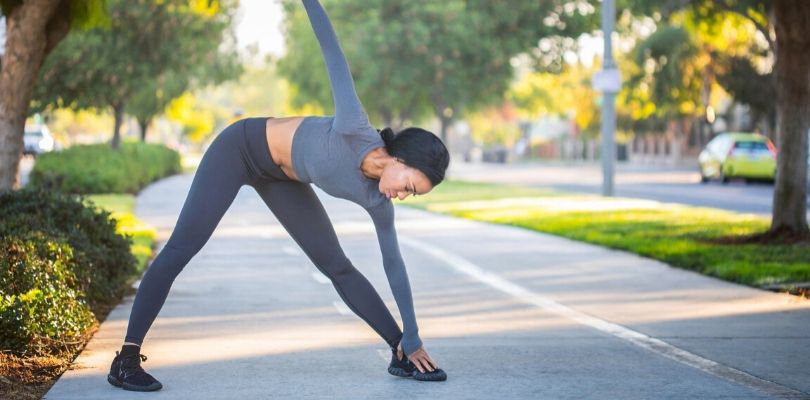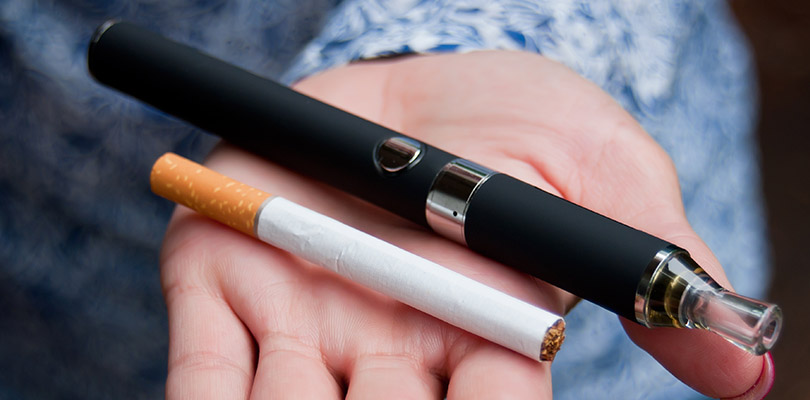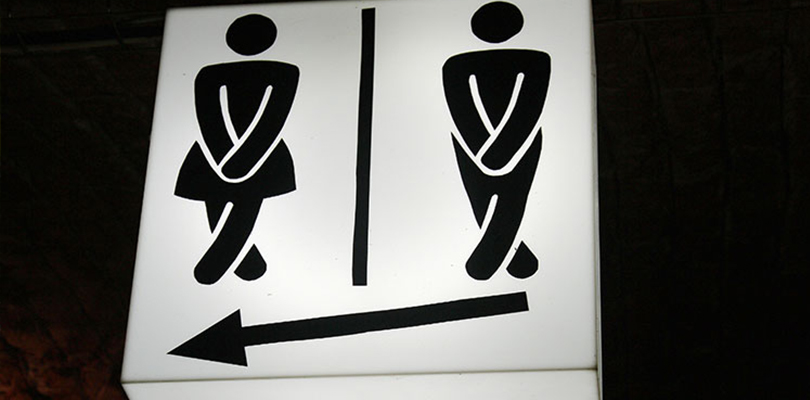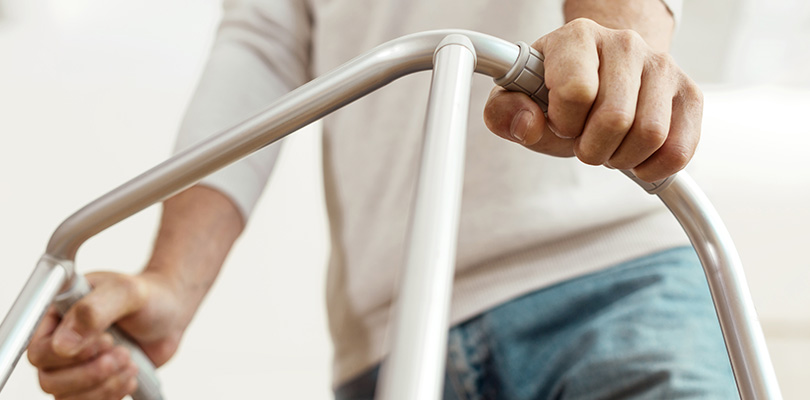How to Avoid Shin Splints
Runners of the world: do you suffer from shin splints? If you are someone who likes to push your limits and challenge yourself when training, you may have experienced shin splints, so here is how to avoid shin splints.
What Are Shin Splints?
Shin splints, or medical tibial stress syndrome, happen when you experience pain along the shin. If you have shin splints, you will feel soreness or tenderness on the inner side of the tibia, the large bone in the front of the lower leg. Shin splints are an exercise related issue that generally develops after physical activity, usually running. If you have intensified or changed your training, you are putting yourself at risk for shin splints. Increased activity overworks muscles, tendons and bone tissue, and inflammation in these areas cause the pain, usually where the muscles attach to the bone.
Symptoms of Shin Splints
When you overexert yourself, you put strain on your body and symptoms of shin splints may include:
- Sharp or dull pain along the tibia (this is the most common symptom)
- Mild swelling
- Pain both during and after exercise
- Pain aggravated by touching the sore spot
Causes of Shin Splints
Shin splints are a concern for those who are physically active, and this is attributed to a variety of different issues.
This condition is most common in runners, dancers and military recruits. When training and exertion changes suddenly by increasing the frequency of workouts or the intensity level, you put yourself at risk for shin splints. Repetitive stress on the shinbone and connective tissues that attach muscles to the bone may be a cause of pain in the shins. Overworking your leg muscles by changing the duration or intensity of your workouts may contribute to shin splints.
The pain may progress and eventually lead to a stress reaction or a stress fracture. Experts speculate that disease of the tendon or an issue with bone growth and regeneration may also play a part when it comes to shin splints.
Who Is at Risk for Shin Splints?
Active individuals should be aware of the possibility of shin splints, especially runners. There are a few other factors that increase your risk of getting shin splints, which include:
- A sudden increase in the duration, frequency, or intensity of your workout
- The repetitive motion of running on uneven terrain or hard surfaces, like concrete
- The shape of your feet (flat feet or abnormally rigid arches increases the risk)
- Using improper or worn out footwear for your workouts which causes stress to other parts of your body
- Weak ankles
- A lack of fitness
- A pre-existing muscle imbalance
- Tight muscles in the calf or Achilles
Vaping has become a popular trend with some saying it's safer than smoking. However, the argument between vaping vs. smoking still needs more research.
Preventative Methods to Avoid Shin Splints
There are many ways you can avoid getting shin splints. Here are some preventative actions you can take to make sure you stay pain free.
Wear Proper Footwear
Get the right pair of shoes for your workouts and make sure they fit correctly and offer enough cushioning. If you are an avid runner, you should replace your shoes at least every 800 kilometres. Shock absorbing insoles may also help reduce symptoms of shin splints and prevent future recurrence.
Stretch Your Muscles
Include proper stretching in your warm up and cooling down routine to prepare your muscles for your workout and help prevent injury. Don’t overdo the stretching either, otherwise it may result in other injuries; a gentle stretch will work wonders.
Modify Your Exercise Routine
Cross train with other sports to minimize the stressful impact of repetition on the same muscle groups. You can break up your usual workout with a less impactful activity, such as cycling or swimming. Adding strength training to your workouts will also help stabilize and strengthen your body, especially if you engage in high impact sports.
Analyze Your Movement
Get a video analysis of your technique to see if you have any movement patterns that may contribute to shin splints. Being aware of how you move enables you to make changes to your stride or technique; a slight tweak in how you run may make all the difference in whether or not you get shin splints.
Avoid Overexerting Yourself
There can be too much of a good thing, including fitness. Don’t do high impact activity for too long or too high of an intensity to avoid overloading your shins.
Consider Orthotics
If you have shin splints caused by the shape of your feet (for example, flat arches) arch supports may help prevent the pain of shin splints by taking stress off your lower leg. Proper fitting inserts can help align and stabilize the foot and ankle, minimizing your risk of injury.
Build Your Fitness Level Over Time
Start new activities slowly. If you are changing up your current workout by increasing intensity or duration, do so gradually.
Try Running Barefoot
There is research that shows barefoot running spreads out impact stresses among muscles, lessening the strain of running’s repetitive motion. To reap the benefit of barefoot running without the risk of cuts and bruises on bare feet, some runners wear shoes with individual “toes”.
In Review
The pain from shin splints may stop when you stop exercising. If you are experiencing shin splints, dial back your workouts so you are not overexerting yourself. Make sure to rest up and switch to lower impact activities if you experience shin splints.
If you are affected by shin splints, most cases can be treated with rest, ice and self care. This is not a serious condition and you are generally able to take care of yourself at home. When you feel pain, it is your body telling you that you overdid it; listen to your body and make changes to your workouts gradually to stay pain free.







